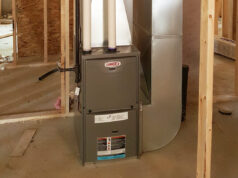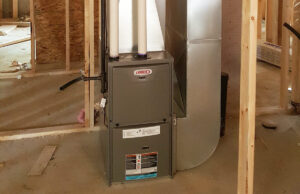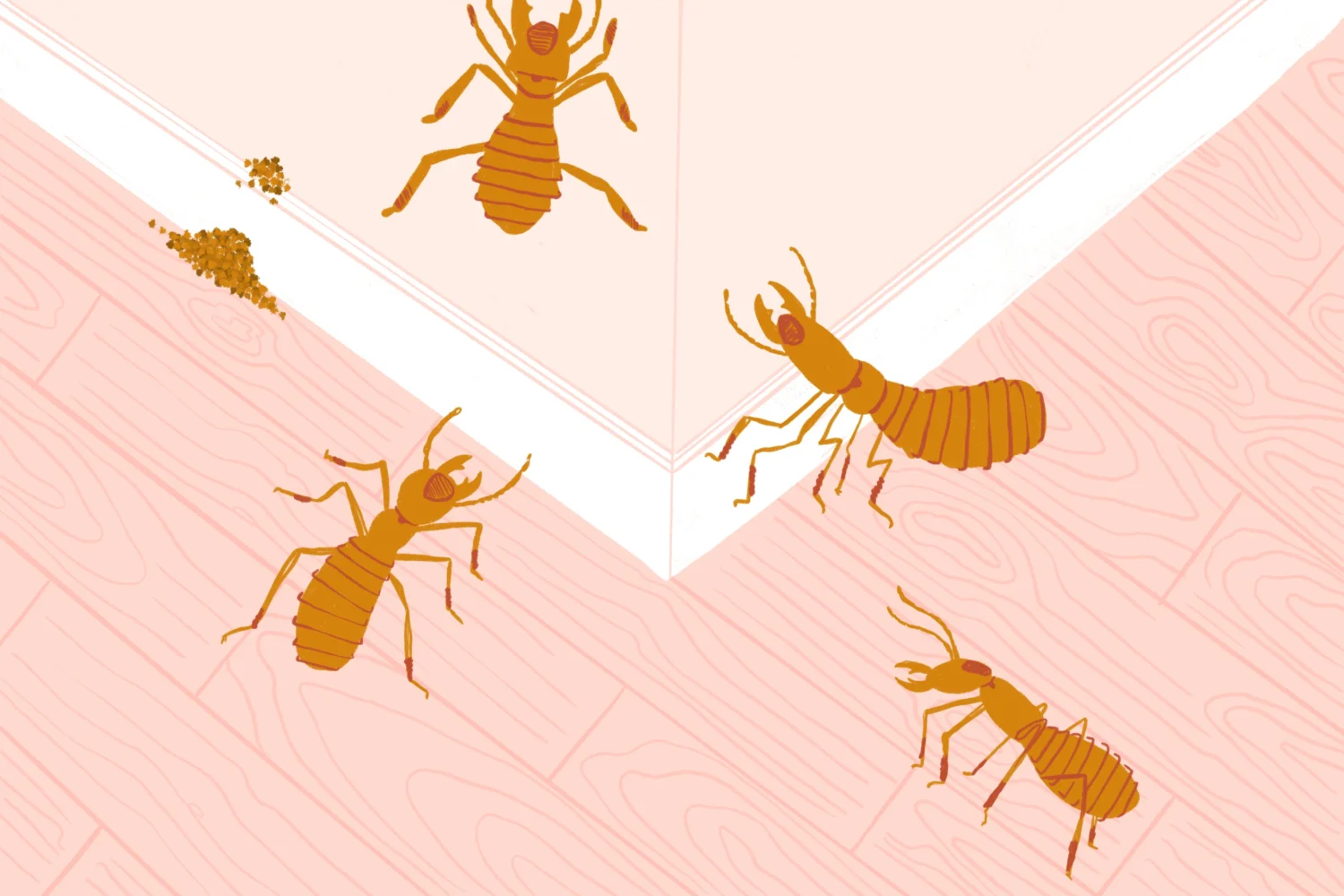
Addressing termite infestations promptly is crucial to prevent significant damage to your home.
Eradicating termites presents unique challenges due to their stealthy nature and resilience.
Effective termite fumigation and other methods are essential for successful control and prevention.
Termite Profile and Identification
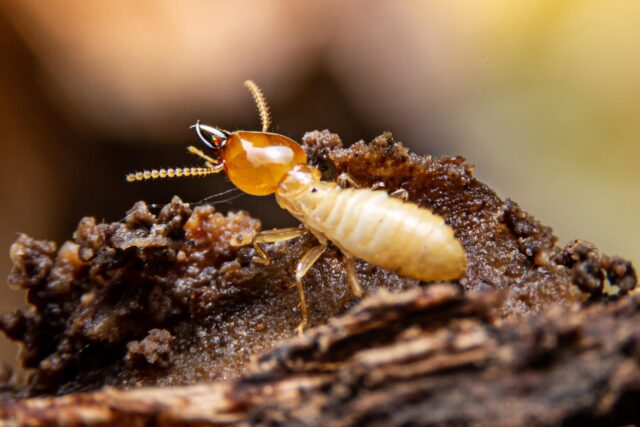
Termites are often mistaken for ants, but there are distinct differences between the two. Termites have straight antennae, uniform waistlines, and equal-sized wings, whereas ants possess bent antennae, narrow waists, and wings of unequal size.
The three primary types of these insects are:
- Drywood
- Dampwood
- Subterranean
Drywood species thrive in dry wood and require minimal moisture to survive, making them a common pest in furniture and the structural wood of buildings. They can live entirely within the wood they infest, without the need for soil contact.
Dampwood species, as the name suggests, prefer moist wood and are typically found in decaying timber, logs, and stumps. These insects are larger than their drywood counterparts and tend to infest wood that has a high moisture content, often causing significant damage to wooden structures in contact with the ground or exposed to moisture.
Subterranean types build their colonies in the soil and require contact with the earth to survive. They often create mud tubes to access above-ground food sources, such as wooden structures, without exposing themselves to the open air.
These tubes provide a protected pathway from the soil to the wood, allowing them to maintain the necessary moisture levels while they forage. This type is considered the most destructive, causing extensive damage to homes and buildings by attacking from underground.
Recognizing these differences is crucial for effective identification and subsequent control measures, including termite fumigation, which targets specific species based on their unique behaviors and habitats.
Termite Developmental Stages
Termites go through several developmental stages: egg, nymph, and adult. Workers are the most numerous caste, responsible for:
- Foraging
- Feeding the colony
- Maintaining the nest
Swarmers, or alates, are winged reproductive termites that leave the colony to start new ones. Their presence is a significant sign of a nearby infestation.
Why Termites are Hard to Eliminate
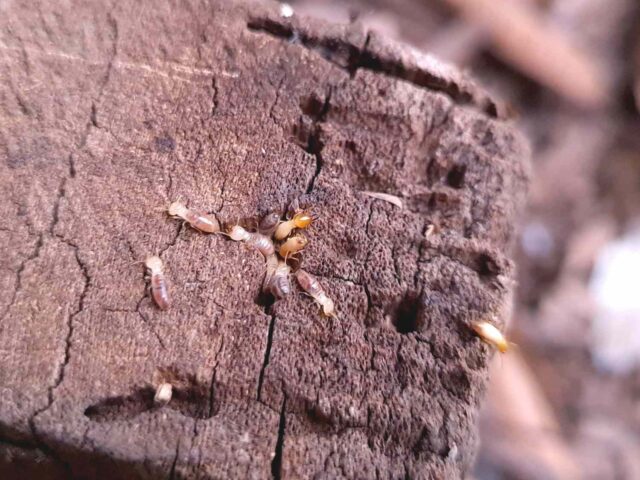
Dealing with these wood-destroying insects is particularly challenging because they make your home their continuous food source.
Unlike other pests that rely on external food supplies, these insects feed on the very structure of your house. Without prompt and effective intervention, they can cause extensive and costly damage over time.
Detection is another significant obstacle. These insects are stealthy by nature and often live hidden within wood structures, making visual identification difficult.
Their presence is typically only revealed through subtle signs such as discarded wings, the presence of mud tubes on walls, hollow-sounding wood, and frass, which are their droppings.
Regular professional inspections are crucial for early identification of infestations before severe damage occurs.
The colonies of these insects are notoriously resilient and capable of rapid reproduction. A single queen can lay thousands of eggs, leading to a swift increase in population size.
Moreover, these colonies can regenerate lost members and form new colonies if the primary one is disturbed but not completely destroyed. This ability to bounce back and proliferate makes eradication efforts particularly tough.
Given these challenges, it is clear that comprehensive treatment strategies are essential. Utilizing thorough termite fumigation and other targeted treatments helps ensure that these pests are effectively eradicated and prevented from returning.
Regular monitoring and maintenance are also vital in keeping your home protected from future invasions.
The Commonest Methods to Get Rid of Them
Now, we want to address the commonest methods that will help you get rid of them.
Chemical Treatments
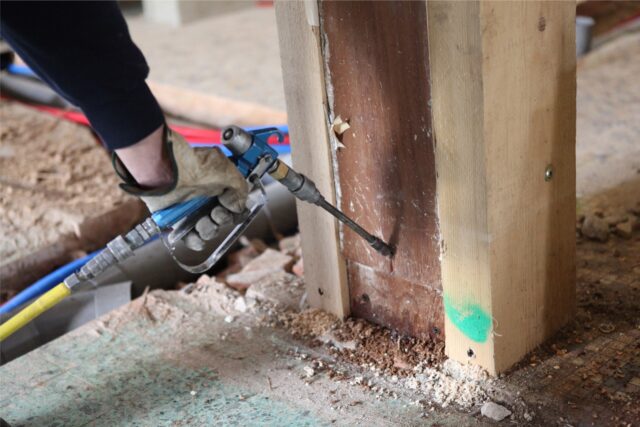
Chemical treatments are a common method for termite control. Boric acid is an effective termiticide that disrupts the termites’ digestive system, leading to their death.
Orange oil, derived from orange peels, contains d-limonene, which is toxic to termites.
Both treatments can be applied directly to infested areas, but professional application ensures thorough coverage and effectiveness.
Physical Treatments
Physical treatments offer alternative methods to chemical solutions. Heat treatment involves raising the temperature in infested areas to a level lethal to termites.
Liquid nitrogen treatment, on the other hand, uses extremely low temperatures to freeze and kill termites.
These methods can be effective for localized infestations and are often used in conjunction with other treatments.
Professional Pest Control Solutions
Professional pest control solutions provide the most comprehensive approach to eradication. These services often utilize a variety of methods and technologies to ensure thorough treatment and long-term prevention.
One such method is the Sentricon System with Always Active Technology, which uses strategically placed bait stations around your home. These stations are designed to attract pests and gradually eliminate the entire colony over time, offering a more effective solution than many over-the-counter products.
Professional exterminators bring a wealth of expertise and experience that is difficult for the average homeowner to match. They are trained to identify signs of infestation that might be easily overlooked and can implement treatment plans tailored to the specific conditions of your property.
Professional extermination also comes with the advantage of advanced tools and products that are not readily available to the public. These tools can penetrate deeply into affected areas, ensuring that even hidden pests are reached and eliminated.
Moreover, professionals often use a combination of treatment methods, such as chemical barriers, physical treatments, and fumigation, to maximize effectiveness.
Preventative Measures
Before something actually occurs, you should do your best to implement preventative measures.
Regular Inspections
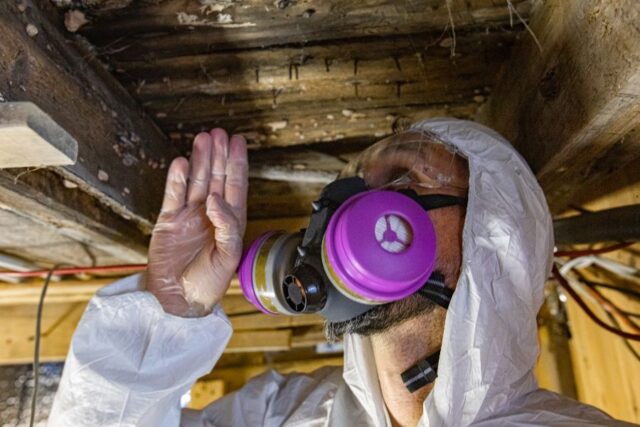
Regular inspections are vital for early detection and prevention of termite infestations.
Professional evaluations are thorough and can identify signs of termites that homeowners might miss.
Scheduling inspections annually or biannually helps in maintaining a termite-free home and addressing issues before they escalate.
Home Maintenance Tips
Preventative home maintenance can reduce the risk of termite infestations. Ensure no direct wood contact with the ground by using concrete or metal barriers.
Managing water sources and moisture levels around your home is crucial, as termites are attracted to damp environments.
Be cautious with mulch, which can provide both food and moisture to termites; use it sparingly and keep it away from your home’s foundation.
Summary
Eradicating termites requires a combination of effective treatments and ongoing prevention. Regular monitoring and professional help are essential to address persistent infestations and protect your home from future termite damage.

